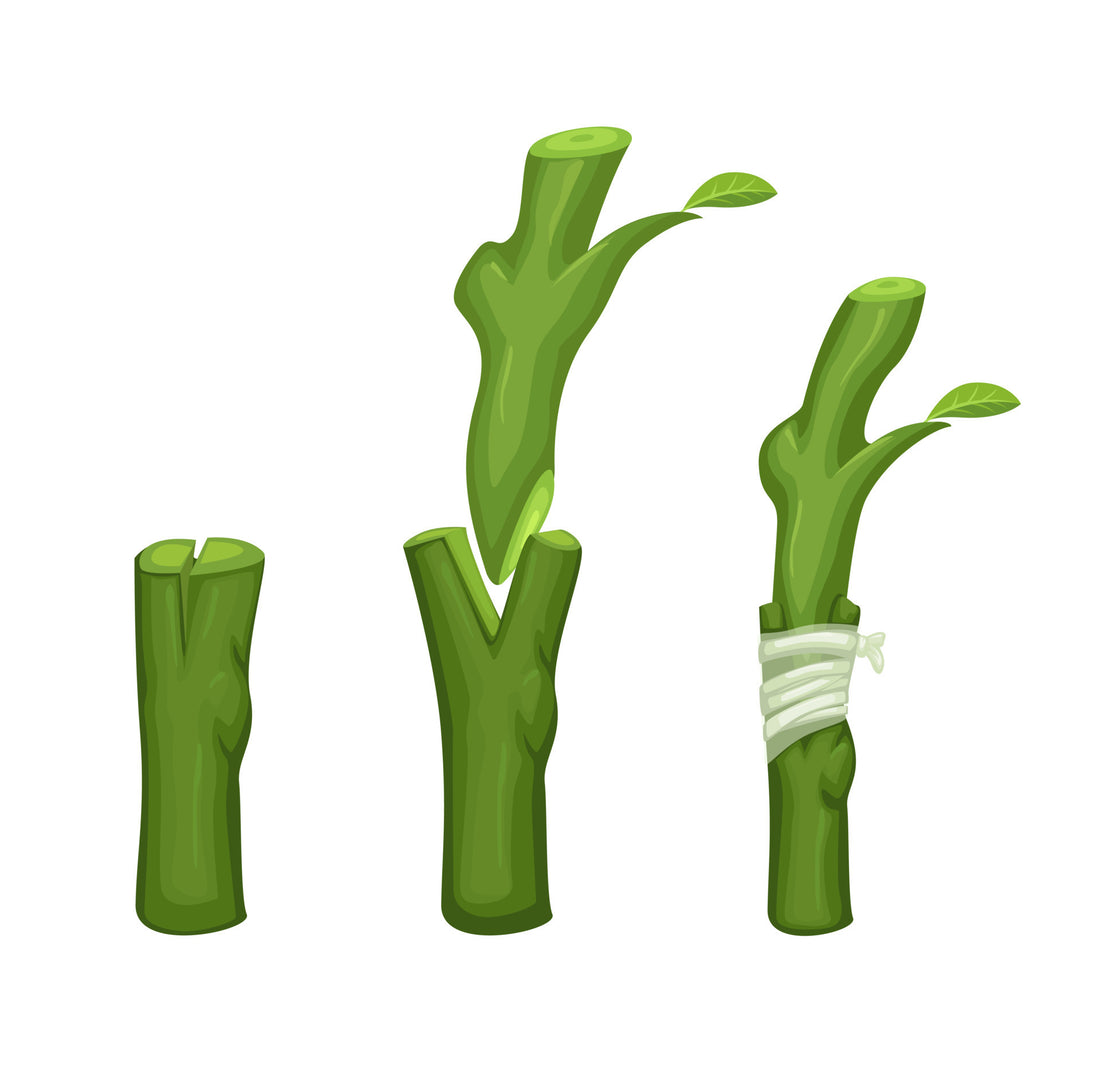Welcome to rareplantcuttings.com! If you’re passionate about rare plants and want to expand your gardening skills, grafting is an essential technique to master. This guide will provide you with a step-by-step approach to grafting plants, ensuring your garden thrives with unique and exotic species.
What is Plant Grafting?
Grafting is the process of joining two plant parts – the scion (upper part) and the rootstock (lower part) – so they grow as one. This technique is widely used to propagate rare and desirable plant varieties, enhance disease resistance, and improve plant vigor.
Why Graft Plants?
- Preserve Rare Varieties: Clone and maintain rare plant species.
- Improve Plant Health: Combine the best traits of different plants.
- Increase Yield: Enhance fruit and flower production.
- Faster Growth: Accelerate the growth process compared to growing from seeds.
Choosing the Right Plants
Selecting the Scion
- Healthy Growth: Choose vigorous, disease-free stems.
- Desired Traits: Ensure the scion has the characteristics you want to propagate (flowers, fruits, leaves).
Selecting the Rootstock
- Compatibility: Use a rootstock that is compatible with the scion species.
- Vigor: Select a robust and healthy rootstock to support the scion.
Tools and Materials
- Sharp grafting knife or razor blade
- Grafting tape or rubber bands
- Rooting hormone (optional)
- Pruning shears
- Clean cloth and disinfectant
Grafting Techniques
1. Whip and Tongue Graft
- Step 1: Cut the scion and rootstock at a similar angle (about 45 degrees).
- Step 2: Make a matching vertical cut (tongue) on both pieces.
- Step 3: Fit the scion and rootstock together, ensuring cambium layers align.
- Step 4: Secure the graft with grafting tape.
2. Cleft Graft
- Step 1: Cut the rootstock horizontally and make a vertical slit in the center.
- Step 2: Shape the scion into a wedge.
- Step 3: Insert the scion wedge into the slit, aligning the cambium layers.
- Step 4: Bind tightly with grafting tape.
3. Bud Graft
- Step 1: Make a T-shaped cut on the rootstock.
- Step 2: Remove a bud from the scion with a shield of bark.
- Step 3: Insert the bud shield into the T-cut.
- Step 4: Wrap with grafting tape, leaving the bud exposed.
Post-Grafting Care
- Moisture: Keep the grafted plant well-watered but not waterlogged.
- Protection: Shield from extreme weather and direct sunlight.
- Monitoring: Regularly check the graft for signs of growth and health.
Common Grafting Issues and Solutions
- Failure to Fuse: Ensure clean cuts and proper alignment of cambium layers.
- Infections: Use sterilized tools and keep the graft area clean.
- Poor Growth: Choose compatible and healthy scion and rootstock pairs.
Final Tips for Successful Grafting
- Practice Patience: Grafting is a skill that improves with practice.
- Stay Informed: Continuously learn about the specific needs of the plants you’re working with.
- Experiment: Try different grafting techniques to see what works best for your rare plants.
By following this comprehensive guide, you'll enhance your gardening skills and enjoy the beauty of rare plants in your garden. Visit rareplantcuttings.com for more tips, tools, and rare plant cuttings to expand your collection.
Keywords for SEO:
- Grafting plants
- How to graft plants
- Plant grafting techniques
- Rare plant grafting
- Propagate rare plants
- Grafting guide
- Gardening tips
- Plant propagation
Mastering the art of grafting will allow you to preserve and enjoy the unique characteristics of rare plants, ensuring they thrive for generations. Happy grafting from all of us at rareplantcuttings.com!

